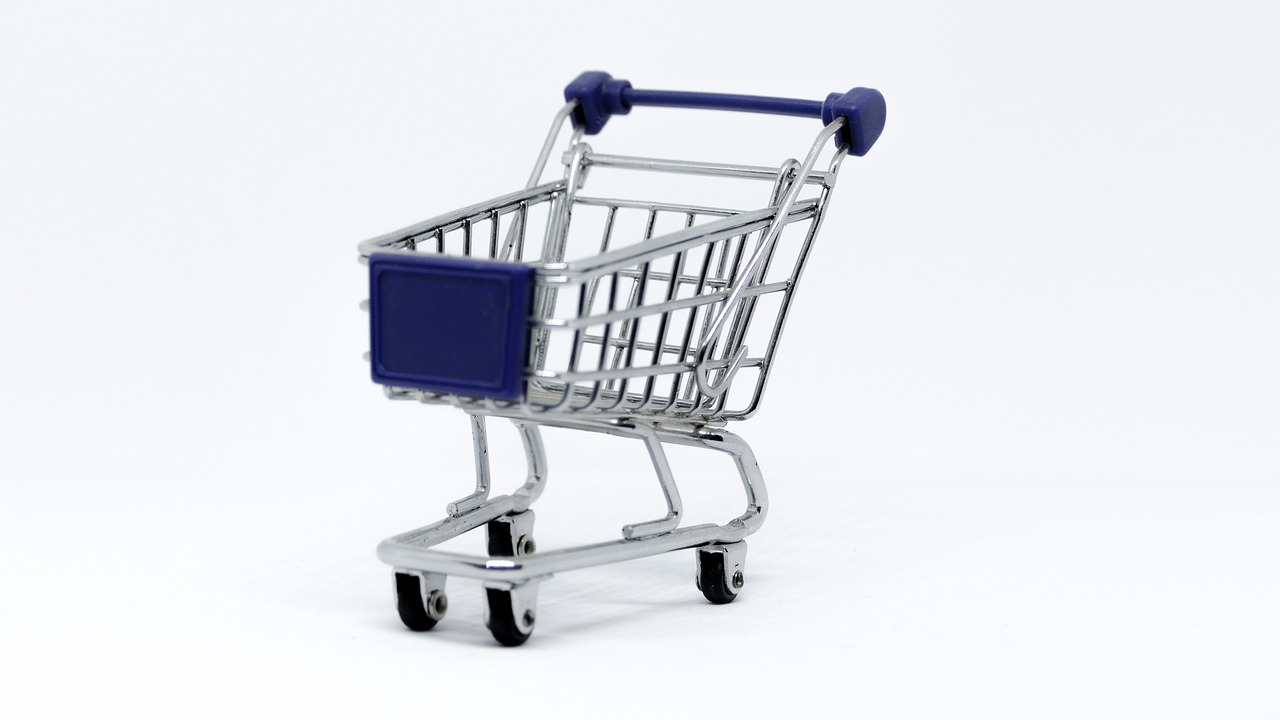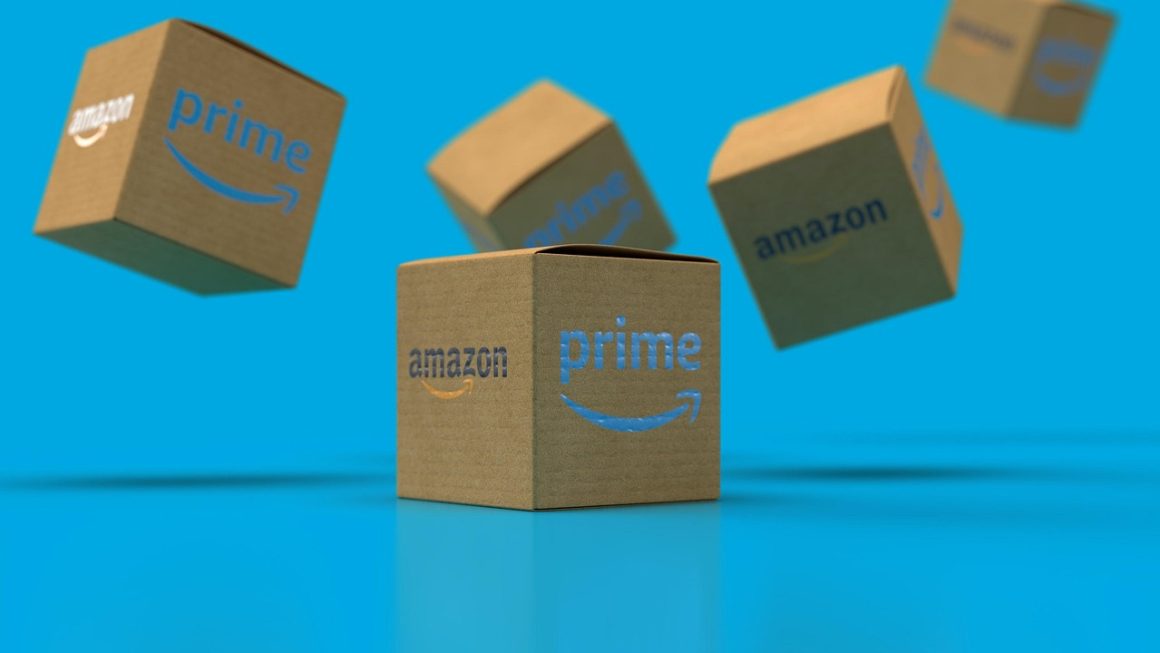Navigating the complex world of supply chains can feel like traversing a labyrinth. Whether you’re a small e-commerce startup or a large multinational corporation, efficient logistics are paramount to success. A crucial element in optimizing your supply chain is choosing the right logistics partner. But with countless options available, how do you identify the ideal fit for your specific needs? This post will delve into the intricacies of logistics partnerships, providing valuable insights and practical guidance to help you make informed decisions.
Understanding Logistics Partners: Beyond Just Shipping
Defining a Logistics Partner
A logistics partner is more than just a carrier. They’re an extension of your business, managing crucial aspects of your supply chain. This can include:
- Transportation: Moving goods from origin to destination.
- Warehousing: Secure storage and inventory management.
- Distribution: Getting products to customers efficiently.
- Order Fulfillment: Processing and shipping orders directly to customers.
- Customs Brokerage: Navigating international regulations and duties.
- Reverse Logistics: Managing returns and repairs.
Essentially, a good logistics partner acts as a single point of contact for a multitude of supply chain functions, allowing you to focus on your core competencies.
Types of Logistics Partners
Different types of logistics partners cater to specific needs. Here are a few common categories:
- Third-Party Logistics (3PL) Providers: These companies offer a range of services, from warehousing and transportation to order fulfillment and supply chain optimization. A good example is a 3PL provider managing all warehousing, picking, packing, and shipping for an e-commerce business selling apparel. This allows the apparel company to focus on design, marketing, and sales.
- Fourth-Party Logistics (4PL) Providers: 4PL providers take a broader, more strategic approach. They manage the entire supply chain, often outsourcing specific functions to 3PLs. Think of a large tech company engaging a 4PL provider to design and manage its global supply chain network, overseeing all aspects from sourcing raw materials to delivering finished products.
- Freight Forwarders: These specialists focus on arranging the transportation of goods, often internationally. They don’t usually own their own transportation assets but act as intermediaries between shippers and carriers. For instance, a freight forwarder might arrange the shipment of electronic components from a factory in China to a manufacturing plant in the United States.
- Courier Services: Primarily focused on smaller packages and time-sensitive deliveries. Companies like FedEx, UPS, and DHL fall into this category. These are often used for express shipping and urgent deliveries.
Benefits of Partnering with a Logistics Provider
Cost Reduction
Outsourcing logistics can lead to significant cost savings.
- Reduced Capital Expenditure: Avoid investing in infrastructure like warehouses and transportation fleets.
- Lower Labor Costs: Reduce the need for in-house logistics staff.
- Negotiated Rates: Leverage the provider’s established relationships with carriers and vendors to secure favorable rates.
- Improved Efficiency: Streamlined processes and optimized routes can reduce overall transportation costs. A 3PL with advanced routing software can consolidate shipments and reduce fuel consumption, leading to substantial savings.
Enhanced Efficiency and Scalability
Logistics partners bring expertise and technology to optimize your supply chain.
- Streamlined Processes: Benefit from established best practices and efficient workflows.
- Advanced Technology: Access sophisticated technology solutions for inventory management, tracking, and reporting. Many 3PLs offer real-time visibility into inventory levels and shipment status.
- Scalability: Easily adjust your logistics capacity to meet changing demand without significant investment. During peak seasons, a logistics partner can quickly scale up resources to handle increased order volumes.
Focus on Core Business
Outsourcing logistics allows you to concentrate on your core competencies.
- Improved Focus: Spend more time on product development, marketing, and sales.
- Increased Innovation: Free up resources to invest in innovation and new market opportunities.
- Better Customer Service: By streamlining logistics, you can improve delivery times and order accuracy, leading to higher customer satisfaction.
Choosing the Right Logistics Partner: A Strategic Approach
Defining Your Needs
Before searching for a partner, clearly define your specific requirements.
- Identify Key Challenges: Pinpoint pain points in your current supply chain.
- Determine Service Requirements: Define the specific services you need, such as warehousing, transportation, or order fulfillment.
- Establish Key Performance Indicators (KPIs): Set measurable goals for your logistics performance, such as on-time delivery rate or order accuracy. For example, you might aim for a 99% on-time delivery rate.
- Outline Budget Constraints: Determine your budget for logistics services.
Evaluating Potential Partners
Thoroughly vet potential partners to ensure they align with your needs.
- Experience and Expertise: Look for providers with a proven track record in your industry. Ask for case studies and references to assess their experience.
- Technology Capabilities: Assess their technology infrastructure and its integration capabilities with your existing systems.
- Network Coverage: Ensure they have a network that covers your key markets. If you ship internationally, verify their international capabilities and customs expertise.
- Customer Service: Evaluate their customer service responsiveness and support. Contact their customer service team to gauge their responsiveness and problem-solving abilities.
- Financial Stability: Verify their financial stability to ensure they can meet their obligations.
Building a Strong Partnership
A successful logistics partnership requires open communication and collaboration.
- Establish Clear Communication Channels: Define communication protocols and points of contact.
- Regular Performance Reviews: Conduct regular reviews to track progress and address any issues.
- Collaborative Problem Solving: Work together to identify and resolve challenges.
- Flexibility and Adaptability: Be prepared to adjust your processes and strategies as needed.
Common Mistakes to Avoid When Selecting a Logistics Partner
Focusing Solely on Price
While cost is important, prioritize value over simply the lowest price. A cheap provider might cut corners and compromise service quality.
Neglecting Due Diligence
Thoroughly research potential partners and verify their credentials. Don’t rely solely on online reviews.
Failing to Define Clear Expectations
Clearly outline your service requirements and performance expectations in a written agreement. This helps prevent misunderstandings and ensures accountability.
Ignoring Cultural Fit
Choose a partner whose culture aligns with your own. This will facilitate better communication and collaboration.
Lack of Communication
Regular communication and feedback are crucial for a successful partnership. Establish clear channels for communication and schedule regular meetings to discuss performance and address any issues.
Conclusion
Choosing the right logistics partner is a critical decision that can significantly impact your business’s success. By understanding your needs, carefully evaluating potential partners, and building a strong collaborative relationship, you can unlock significant cost savings, improve efficiency, and focus on your core competencies. Don’t rush the process – take the time to find a partner that truly understands your business and can help you achieve your goals. The right logistics partner is an investment in your company’s future, ensuring a smoother, more efficient, and ultimately more profitable supply chain.




